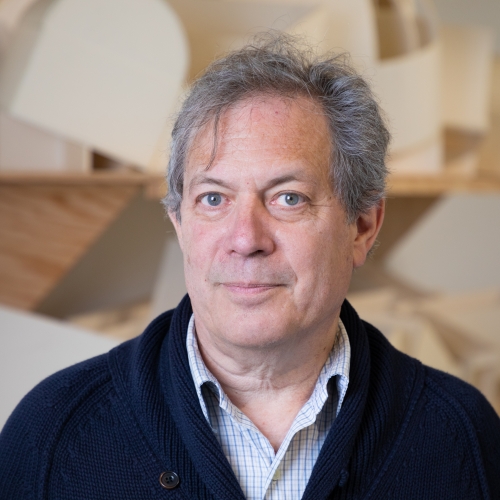One of the latest articles to find interest in the artist Carl Fernbach-Flarsheim, during the Philadelphia culture of artists, alternative publications and experimental poetry in 1964+ has been published by author Sid Sachs.
He writes:
Through alternative publications, one can trace a history of American culture from the era of Eisenhower containment to the baby-boom counterculture. Another literary magazine [that] began publishing at Temple University in 1964, at Tyler School of Art [was founded by] Bob Basara and Jed Irwin, modernist poet Gerald Stern [‘s] two students, who joined Temple students Leonard Belasco and Bob Levy to launch the Insect Trust Gazette. The Insect Trust Gazette came out in the summer of 1965. [During it’s second publication] it contained a seventeen-page portfolio of “concrete, Kinetic, and Phonetic poetry” by Augusto de Campos, Ian Hamilton Finlay, Eugen Gomringer, Jose Lino Grunewald, Dom Sylvester Houedard, Frank Kuenstler, and Philip Ward.
Ironically, Carl Fernbach-Flarsheim’s profound involvement with concrete poetry at Tyler was not acknowledged by The Insect Trust Gazette. Fernbach-Flarsheim had begun teaching at Tyler in 1962; by that time he was internationally known for his concrete poetry and had shown at London’s Institute of Contemporary Art and Amsterdam’s Stedelijk Museum. Originally a sculptor, in 1966 Fernbach-Flarsheim curated the multivalent exhibition Arts in Fusion at Tyler School of Art, which traveled to the Philadelphia Art Alliance (PAA) and was later shown at Dick Higgins’s Something Else Press Gallery in New York.
At the PAA, Fernbach-Flarsheim played music from his concrete poetry score, Alison Knowles performed, and Wolf Vostell produced a happening. Fernbach-Flarsheim often corresponded with Alain Arias-Misson, John Cage, and Ian Hamilton Findlay. In the catalog for The Arts in Fusion, Fernbach-Flarsheim proclaimed that his “conceptual clouds, [Dieter] Rot’s ideograms, and [Henry] Flynt’s concept-art point the way for an eventual fusion of the arts and sciences.”
With Robert M. Goodman, manager of the bio-dynamics laboratory at the Franklin Institute and Fernbach-Flarsheim’s Elkins Park neighbor, they contributed Interplay, an interactive sound work, to the E.A.T. exhibition at the Brooklyn Museum. Fernbach-Flarsheim also lectured at Cheltenham Art Center on Conceptual Art. In 1969, he showed at the Kunsthalle in Bern and was included in the exhibition Language III at Dwan Gallery in New York. Already adept at the computer language Fortran, Fernbach-Flarsheim contributed Boolean Image/Conceptual Typewriter to Jack Burnham’s Software, Information Technology: Its New Meaning for Art exhibit at the Jewish Museum in 1970.
Invisible City: Philadelphia and the Vernacular Avant-garde, Notes on the Underground selection by Sid Sachs contains photos and commentary that portray a retrospection of highly idealistic men and women ready to change their world and as a reminder that we ourselves should continue to get involved and find our own permanent legacy as a “Blind Act of Love.” See link: Invisible City: Philadelphia and the Vernacular Avant-garde, Notes on the Underground selection by Sid Sachs. (pdf)

